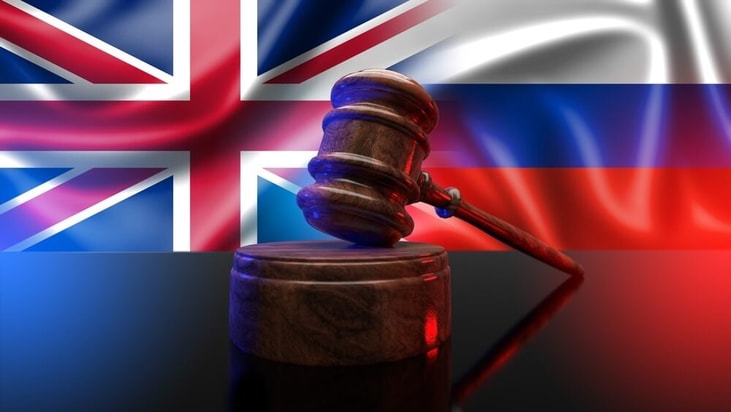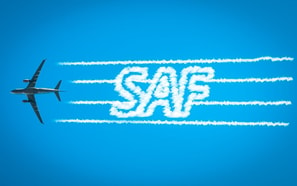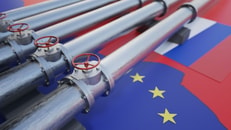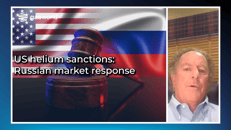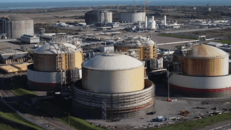UK takes lead on sanctions for Russia’s shadow fleet
Russia’s shadow fleet will be hit with the largest ever sanctions package from the UK government today.
It will sanction up to 100 vessels that form a core part of Putin’s shadow fleet operation and are responsible for carrying more than $24bn-worth of cargo since the start of 2024.
The shadow fleet – a network of ships often characterised by weak ownership and multiples flags of convenience, for transporting sanctioned goods – is bankrolling the Kremlin’s war in Ukraine and damaging critical infrastructure through “reckless seafaring”.
Protecting subsea infrastructure from malicious and careless incidents is expected to be a key part of leaders’ discussions at a Joint Expeditionary Force (JEF) summit to be held in Oslo today.
... to continue reading you must be subscribed

